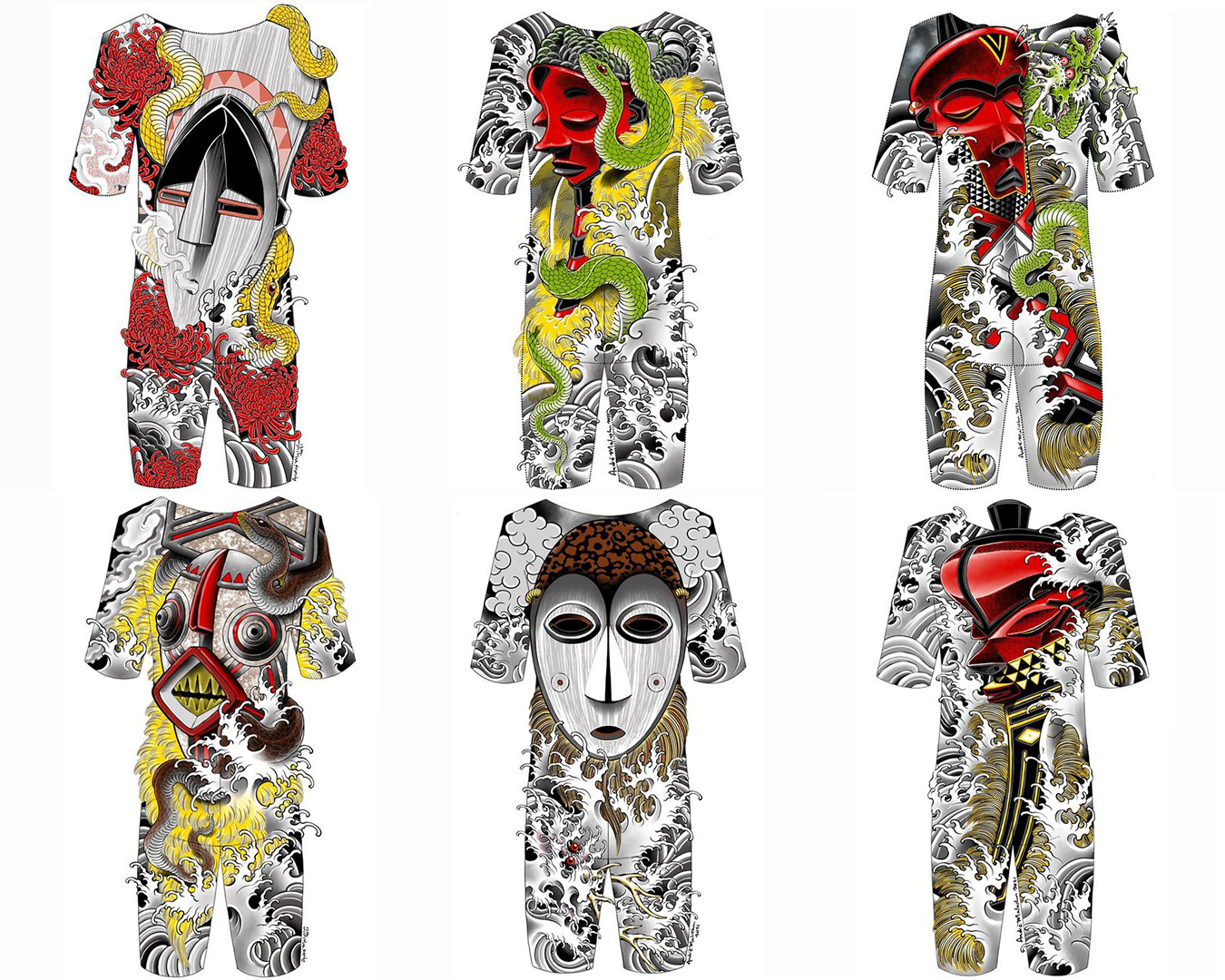Sticking the Tattoo Stencil! Don’t make the Paper Too Wet, Use a Gel Base — Andre Malcolm

Sticking the Tattoo Stencil! Don’t make the Paper Too Wet, Use a Gel Base
[34:24] “Try not to use something too liquidy, it has to be a gel system. When it’s too wet the image on the paper bleeds a little too much.”
— Andre Malcolm
In the past, one method involved using a mixture of green soap and water on the tattoo area, allowing it to dry a bit before carefully applying the tattoo stencil. However, this technique often resulted in stencil bleeding, improper transfers with lightened lines, or missing sections of the stencil. It was quite a hassle!
There was also a method involving the use of a speed stick, but it's important to note that this approach is unsanitary and should be avoided. Despite its smooth application, the tiny cuts from the razor used to shave the area can leave bacteria on the speed stick, which is then transferred directly onto the skin. Using such a contaminated product on subsequent clients is simply unhygienic and, well, gross!
Since this interview was conducted, the tattoo industry has seen significant advancements. Innovative products like S8's "Stencil Transfer Gel" and "Stencil Stuff" have revolutionized the preparation process. These products make it incredibly easy and convenient to prep the tattoo area. Particularly for large-scale pieces, they minimize the risk of losing significant sections of the tattoo design, allowing artists to keep drawing on the skin to a minimum.

